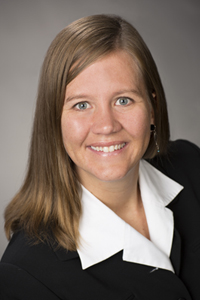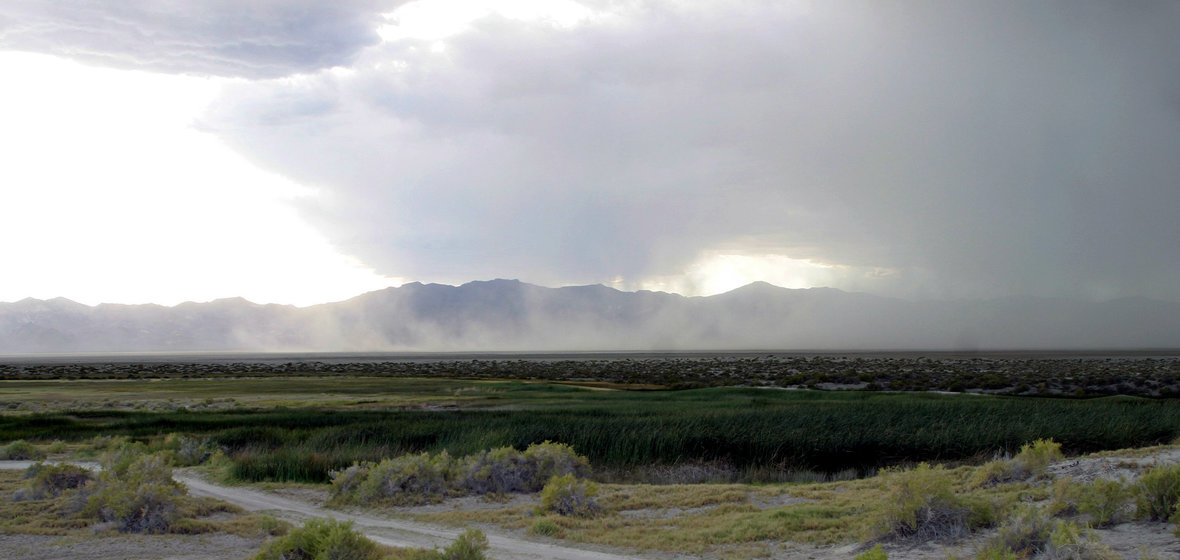Cloud seeding can be used for multiple purposes. The one commonly thought of in Nevada is prompting precipitation but it can also be used to remove clouds or fog, for example on an airport runway when the fog is too dense for pilots to see. Cloud seeding works by putting small particles, called condensation nuclei, into an already existing cloud. This existing cloud can be thought of as a large body of air molecules with moisture or water vapor molecules inside. When the small particles are injected into the body of air and moisture, it causes the water vapor to condense onto them; this is why the particles are called condensation nuclei.
When cloud seeding is used to prompt precipitation, or rain, the technique relies on already existing water molecules in the atmosphere to condense onto the particles, or "seeds." To generate rain using cloud seeding, the first step is to find a body of air with moisture inside. This moisture must be present to form rain with cloud seeing because the seed particles do not contain moisture. They just cause the existing moisture in the atmosphere to condense on them. Once this moisture condenses on the particles, they will continue to grow inside the cloud by having more moisture condense on them. Eventually the particles with water on them become large enough to form rain.
Meteorological drought is defined as a shortfall in precipitation over a certain time period, typically over a long period of time like months. This means that there is a lack of precipitation in a region that comes from a lack of moisture in the air. Because moisture is the first ingredient for cloud seeding to produce rain, cloud seeing cannot be used as a solution to create rain during drought conditions.

Heather Holmes is an Assistant Professor in the Department of Physics and Atmospheric Sciences Program at the University of Nevada, Reno. Her research uses numerical weather prediction, chemical transport models and satellite remote sensing combined with ground-based monitors to investigate air pollution transport and provide data for human health and public policy assessments.













